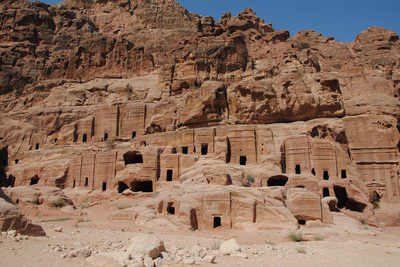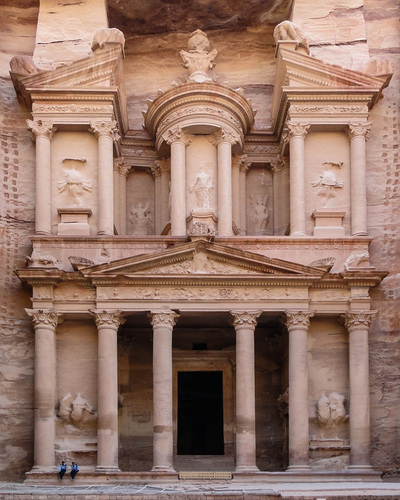
|
Content Area 8.docx Size : 3245.413 Kb Type : docx |

|
APAH- West and Central Asian Art.docx Size : 12.905 Kb Type : docx |

ENDURING UNDERSTANDING 7.1 - The arts of West and Central Asia play a key role in the history of world art, giving form to the vast cultural interchanges that have occurred in these lands that link the European and Asian peoples.
ENDURING UNDERSTANDING 7.2 - The religious arts of West and Central Asia are united by the traditions of the region: Buddhism and Islam.
ENDURING UNDERSTANDING 7.3 - Use of figural art in religious contexts varies among traditions, whereas figural art is common in secular art forms across West and Central Asia.
ENDURING UNDERSTANDING 7.4 - Artists of West and Central Asia excelled in the creation of particular art forms exhibiting key characteristics unique to their regions and cultures. Important forms include ceramics, metalwork, textiles, painting and calligraphy.

|
Content Area 8.docx Size : 3245.413 Kb Type : docx |

|
APAH- West and Central Asian Art.docx Size : 12.905 Kb Type : docx |
If You are Absent, Please watch and take notes on the lecture below
181. Petra, Jordan: Treasury and Great Temple. Nabataean Ptolemaic and Roman. c. 400 B.C.E.–100 C.E. Cut rock.



182. Buddha. Bamiyan, Afghanistan. Gandharan. 400–800 C.E. (destroyed in 2001). Rock with plaster and polychrome paint.
184. Jowo Rinpoche, enshrined in the Jokhang Temple. Lhasa, Tibet. Yarlung Dynasty. Believed to have been brought to Tibet in 641 C.E. Gilt metals with semiprecious stones, pearls, and paint; various offerings
